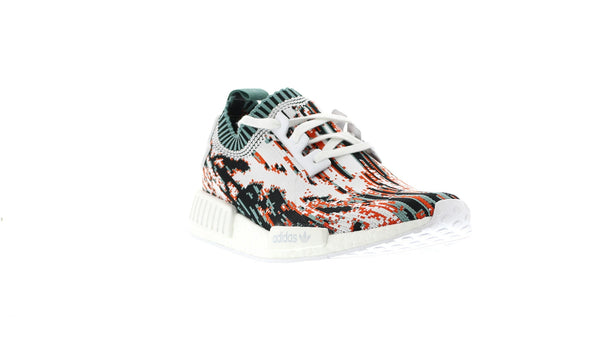

Block boundary artifacts īlock coding artifacts in a JPEG image. This has been observed to happen with JBIG2 in certain photocopier machines. For example, the numbers "6" and "8" may get replaced. Other lossy algorithms, which use pattern matching to deduplicate similar symbols, are prone to introducing hard to detect errors in printed text. Blockiness in "busy" regions (block boundary artifacts, sometimes called macroblocking, quilting, or checkerboarding).Staircase noise ( aliasing) along curving edges.When performing block-based discrete cosine transform (DCT) coding for quantization, as in JPEG-compressed images, several types of artifacts can appear. Both frames were then zoomed by a factor of 4 (nearest neighbor interpolation). One frame of the animation was saved as a JPEG (quality 90) and reloaded. Text is a screen capture from a Wikipedia conversation with noise added (intensity 10 in Paint.NET). Illustration of the effect of JPEG compression on a slightly noisy image with a mixture of text and whitespace. Where transform coding is used, it typically assumes the form of one of the basis functions of the coder's transform space. Technically speaking, a compression artifact is a particular class of data error that is usually the consequence of quantization in lossy data compression. However, artifacts are occasionally intentionally produced for artistic purposes, a style known as glitch art or datamoshing. The minimization of perceivable artifacts is a key goal in implementing a lossy compression algorithm. Uncompressed media (such as on Laserdiscs, Audio CDs, and WAV files) or losslessly compressed media (such as FLAC or PNG) do not suffer from compression artifacts. These compression artifacts appear when heavy compression is applied, and occur often in common digital media, such as DVDs, common computer file formats such as JPEG, MP3 and MPEG files, and some alternatives to the compact disc, such as Sony's MiniDisc format. The most common digital compression artifacts are DCT blocks, caused by the discrete cosine transform (DCT) compression algorithm used in many digital media standards, such as JPEG, MP3, and MPEG video file formats. The compression algorithm may not be intelligent enough to discriminate between distortions of little subjective importance and those objectionable to the user. If the compressor cannot store enough data in the compressed version, the result is a loss of quality, or introduction of artifacts. Lossy data compression involves discarding some of the media's data so that it becomes small enough to be stored within the desired disk space or transmitted ( streamed) within the available bandwidth (known as the data rate or bit rate).


Loss of edge clarity and tone "fuzziness" in heavy JPEG compressionĪ compression artifact (or artefact) is a noticeable distortion of media (including images, audio, and video) caused by the application of lossy compression.


 0 kommentar(er)
0 kommentar(er)
